AARP Hearing Center

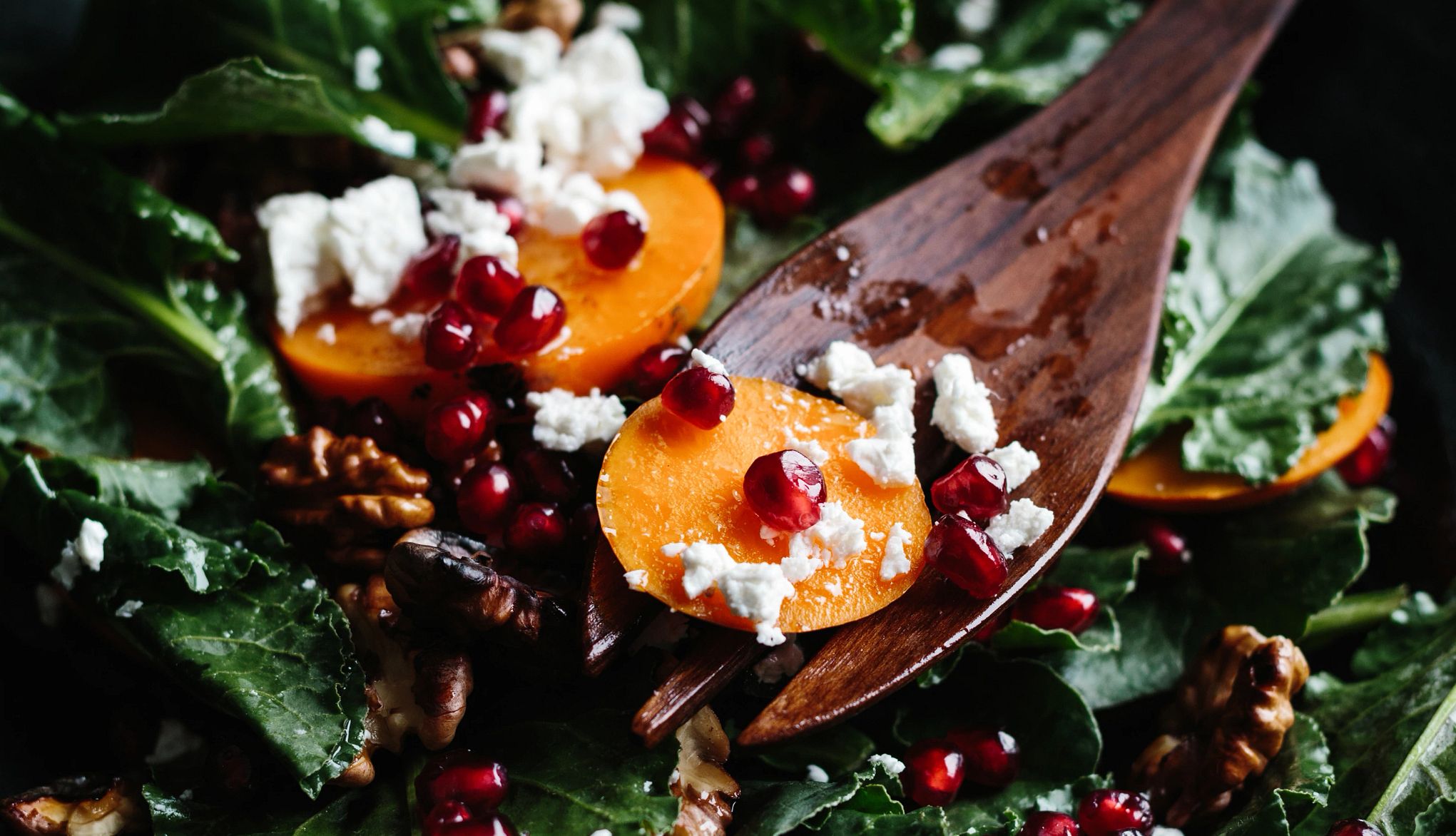
Just weeks ago, you were wearing shorts. Suddenly the air has a chill, the foliage is stunning and the sky turns dark before dinner. You might think your chances for eating fresh, seasonal foods are dwindling fast. That’s true, as far as corn and watermelon are concerned. On the other hand, fall ushers in produce that mimics the changing leaves — deep shades of red, orange and yellow amid patches of green. Phytonutrients, the plant compounds that produce those hues, also provide numerous benefits to your health.
Plus, seriously, how many tomatoes can a person eat?
Here are seven seasonal options that are just hitting their peak. Some will be familiar, while others are just waiting for you to try them. Don’t worry, we’ve included suggestions on how to cook them.

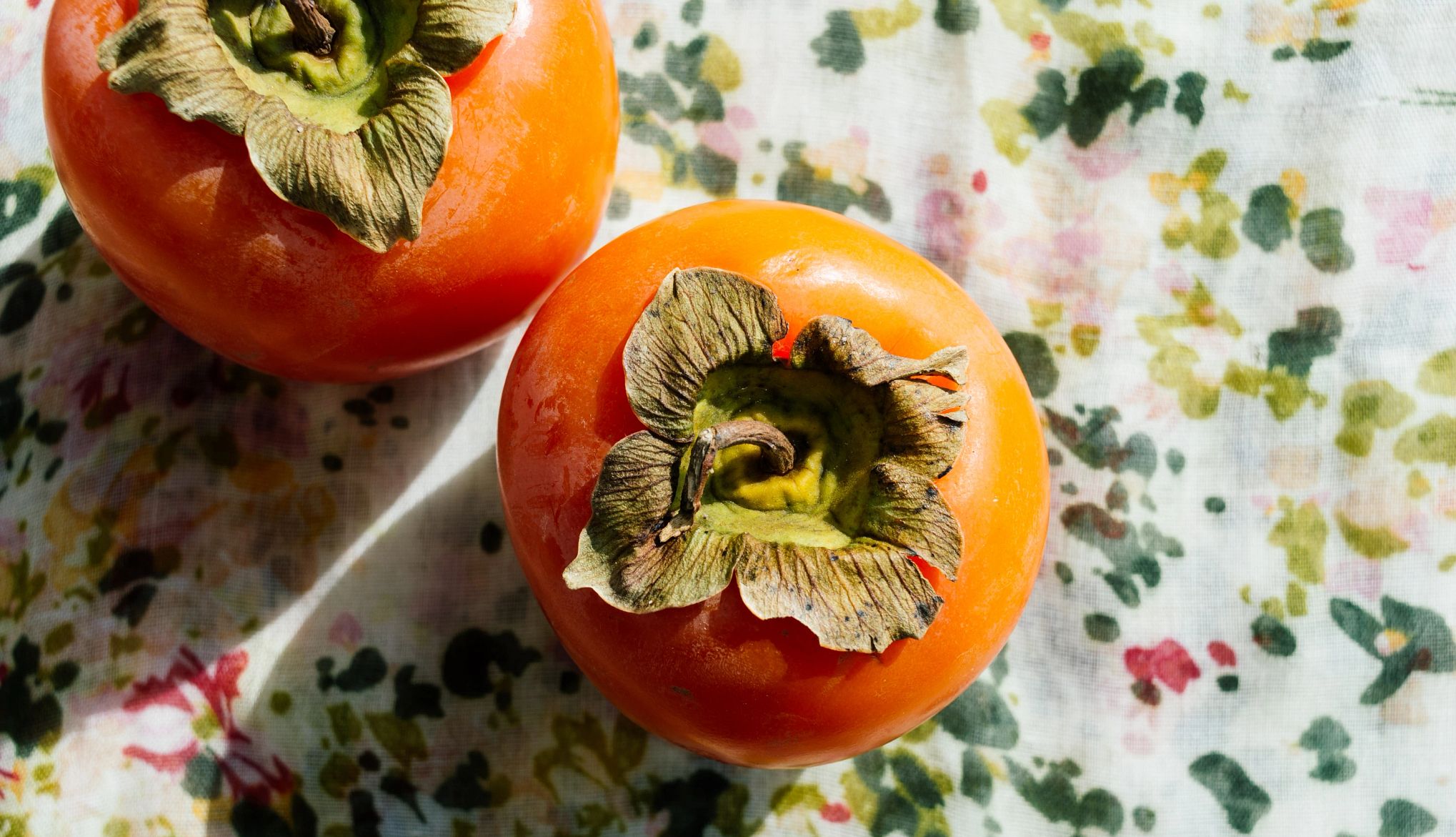
1. Persimmons
It looks something like a tomato, but persimmons’ honeyed flavor is all its own. And that gorgeous, orangey-red color means they’re packed with antioxidants like beta carotene.
“This helps protect against oxidative stress,” says Theresa Gentile, a nutritionist and a spokesperson for the Academy of Nutrition and Dietetics, which, she adds, contributes to heart disease, cognitive decline and some cancers.
Eating persimmons can also help protect your vision. One persimmon has about 55 percent of your day’s recommended dose of vitamin A, which supports your retinas, as well as lutein and zeaxanthin, a pair of carotenoids that can fight age-related macular degeneration.
In the U.S., persimmons come mainly in two types. Fuyu, which have the roundness of a tomato and a flavor reminiscent of apricots, can be eaten raw like an apple. Hachiya persimmons look more like a large acorn. They get soft and jelly-like inside when ripe — don’t try to eat them firm, or you’ll find them unpleasantly chalky and bitter. Stir the soft pulp into yogurt or use it for baking. Use sliced persimmons in salads or on cheese boards.

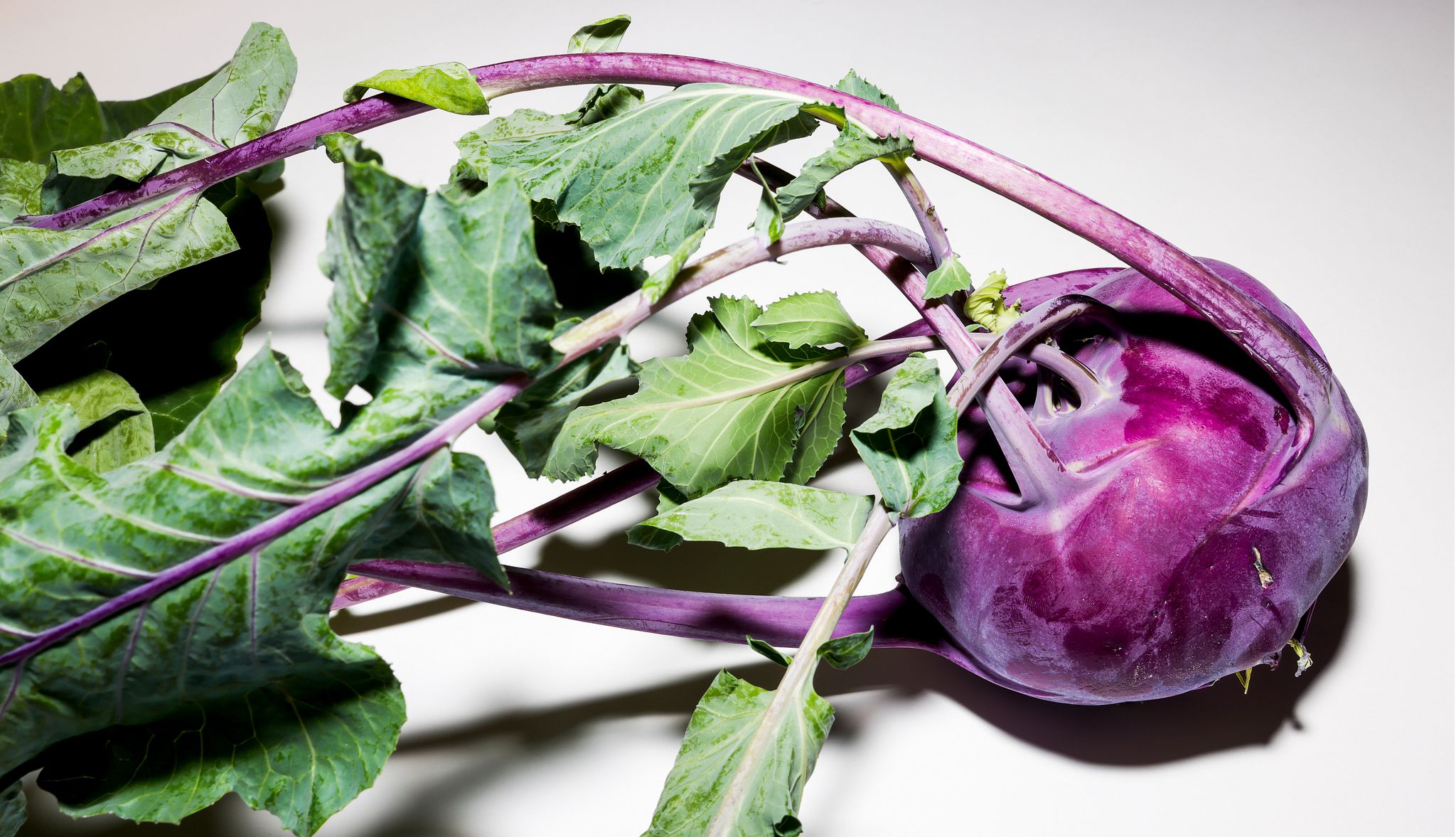
2. Kohlrabi
With stems shooting from all over its bulbous body, kohlrabi is one of the stranger-looking vegetables you’ll come across. But don’t let that intimidate you. Kohlrabi’s milder taste will win you over. When raw, it has the crunch of an apple and a hint of bitterness similar to broccoli stems (which makes sense, since they’re in the same family). Cook it, and the flesh mellows and becomes faintly sweet.
“It’s a cruciferous vegetable, so it has cancer-protective compounds,” Gentile says. “Those sulfur compounds have been shown to reduce inflammation and possibly lower the risk of some cancer.”
Plus, one cup of kohlrabi has more vitamin C than a medium-sized orange — and because it’s rich in potassium and fiber, it can help lower your blood pressure and support healthy cholesterol levels.
Kohlrabi mainly comes in two different colors, green and purple. Green is easier to find in supermarkets, but if you do see purple, grab some. That color comes from anthocyanins, powerful phytonutrients that can fight inflammation and are associated with lowering your risk of conditions like heart disease, type 2 diabetes and nonalcoholic fatty liver disease.
Peel kohlrabi and cut into chunks for a low-carb swap for roasted potatoes. Or slice it to toss into stir-fries. Use it raw in salads and slaws, or cut into matchsticks to add crunch to Thai Curry Peanut Noodles.































































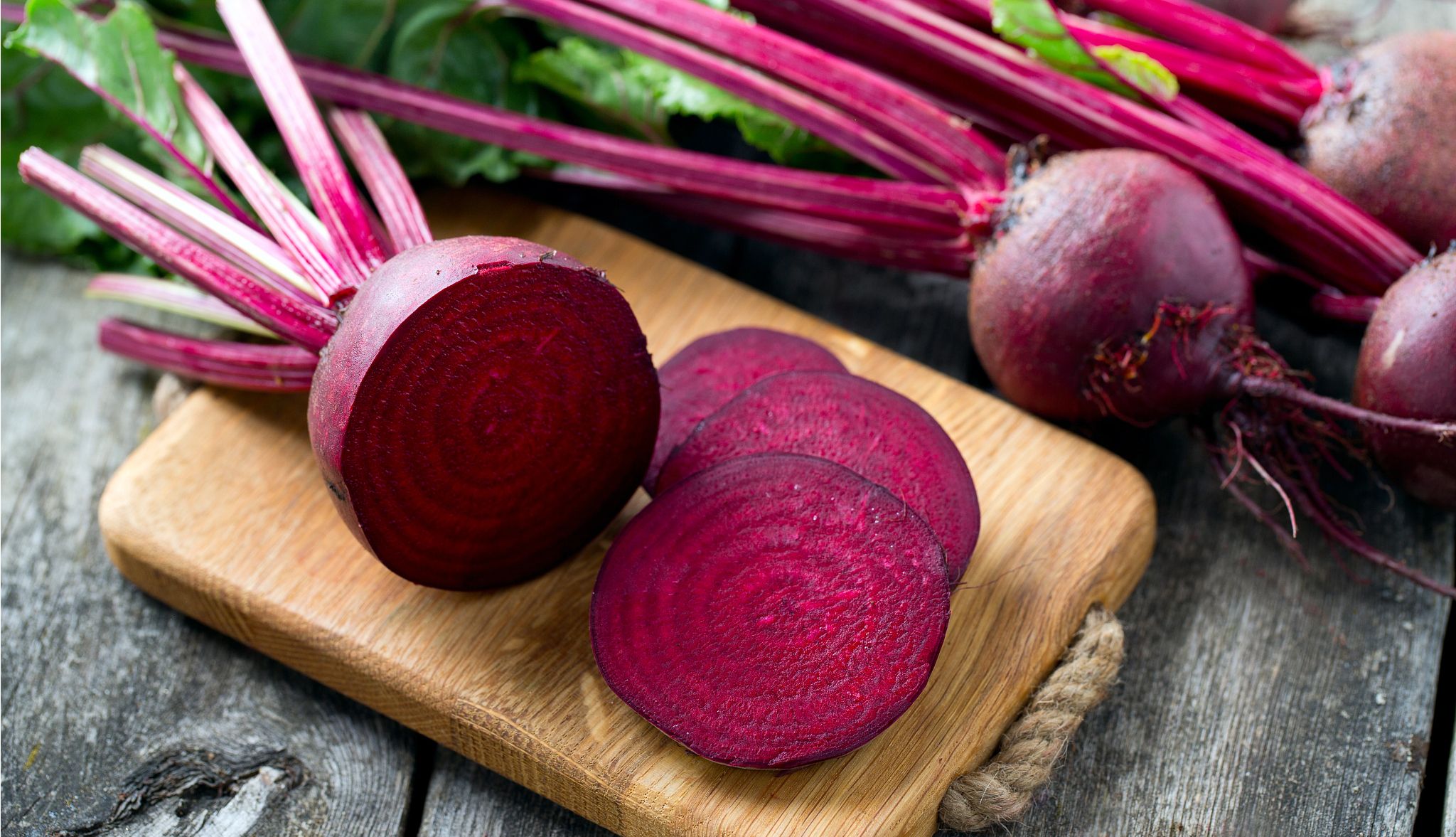
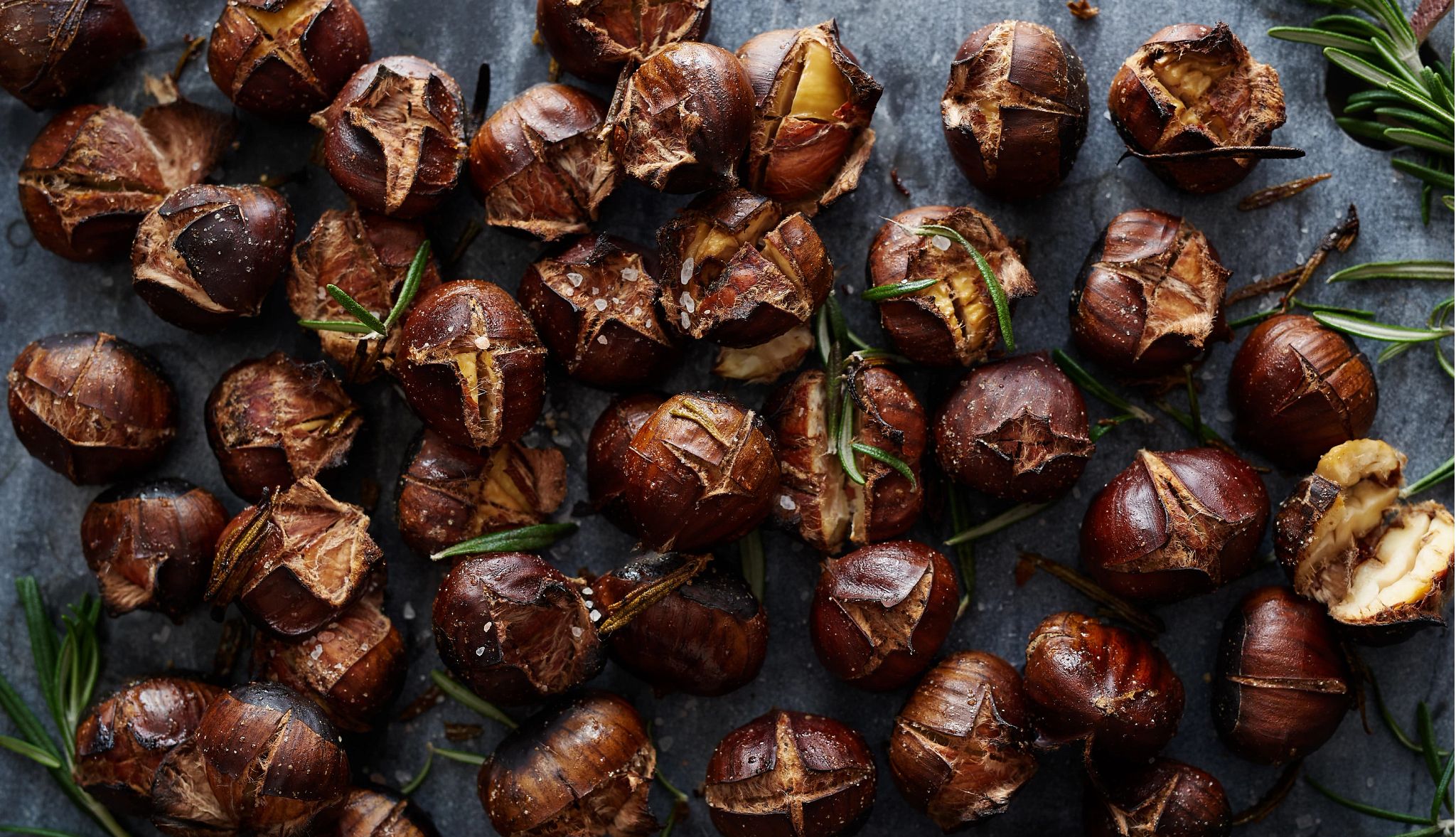
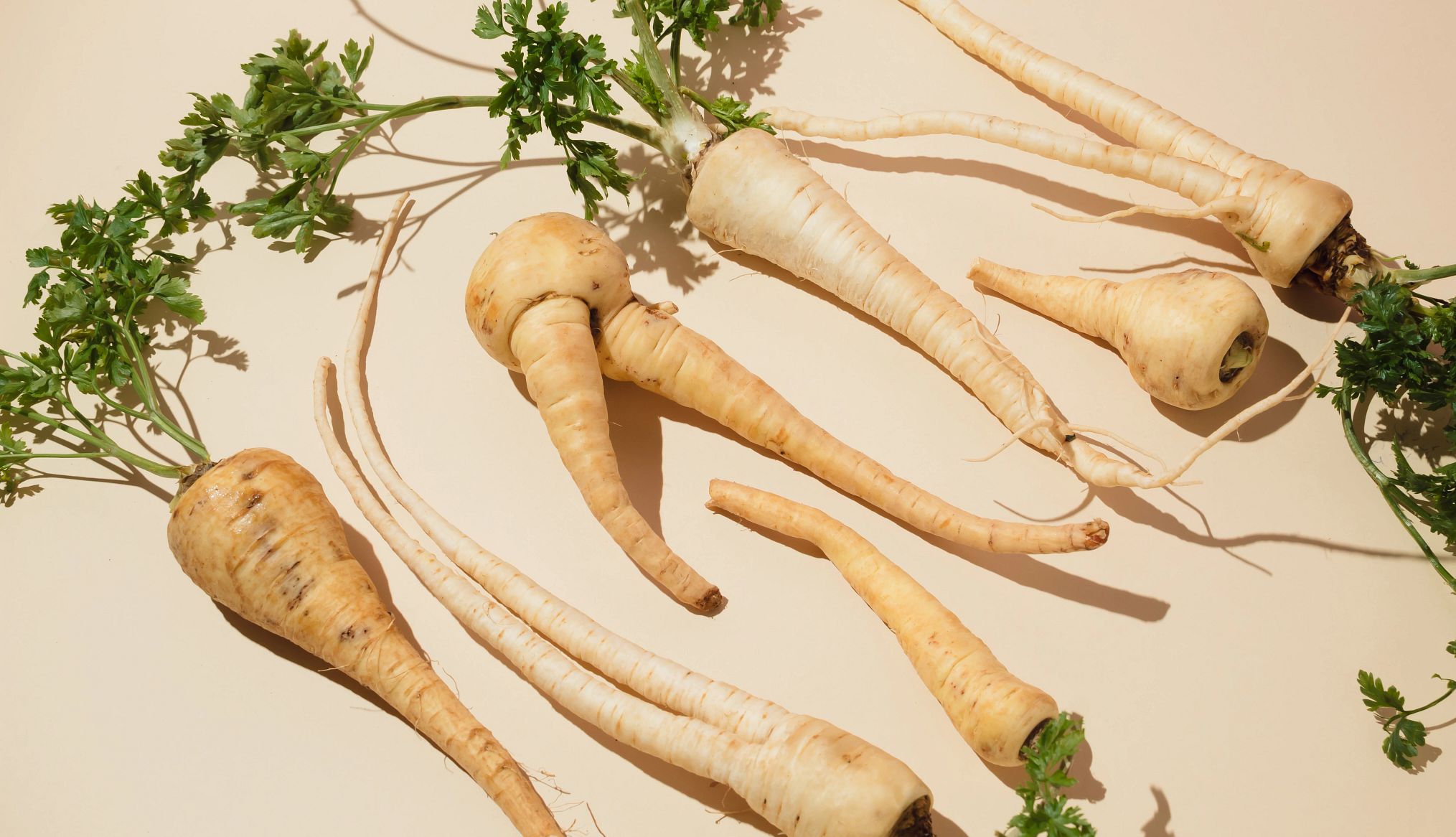


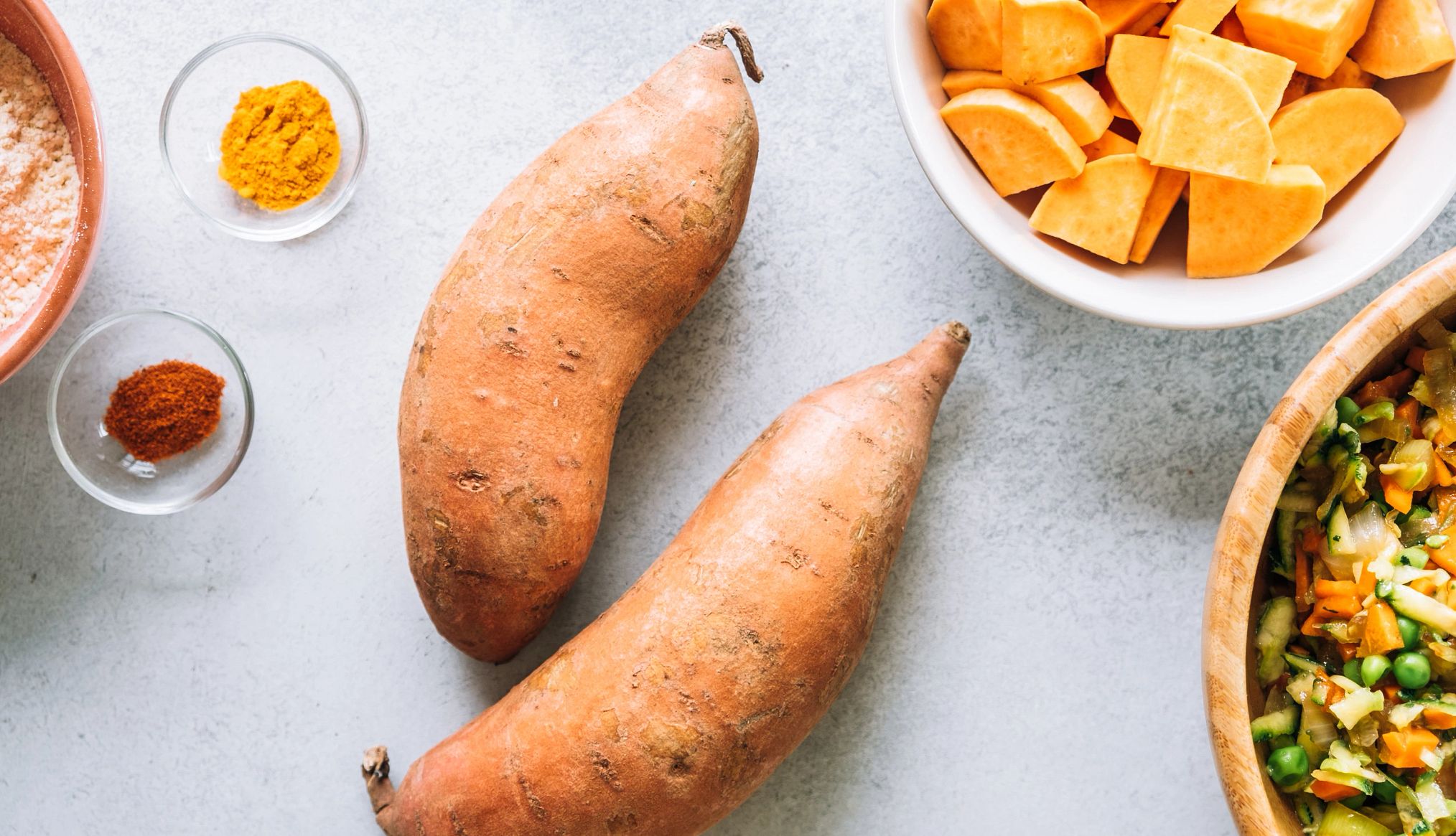
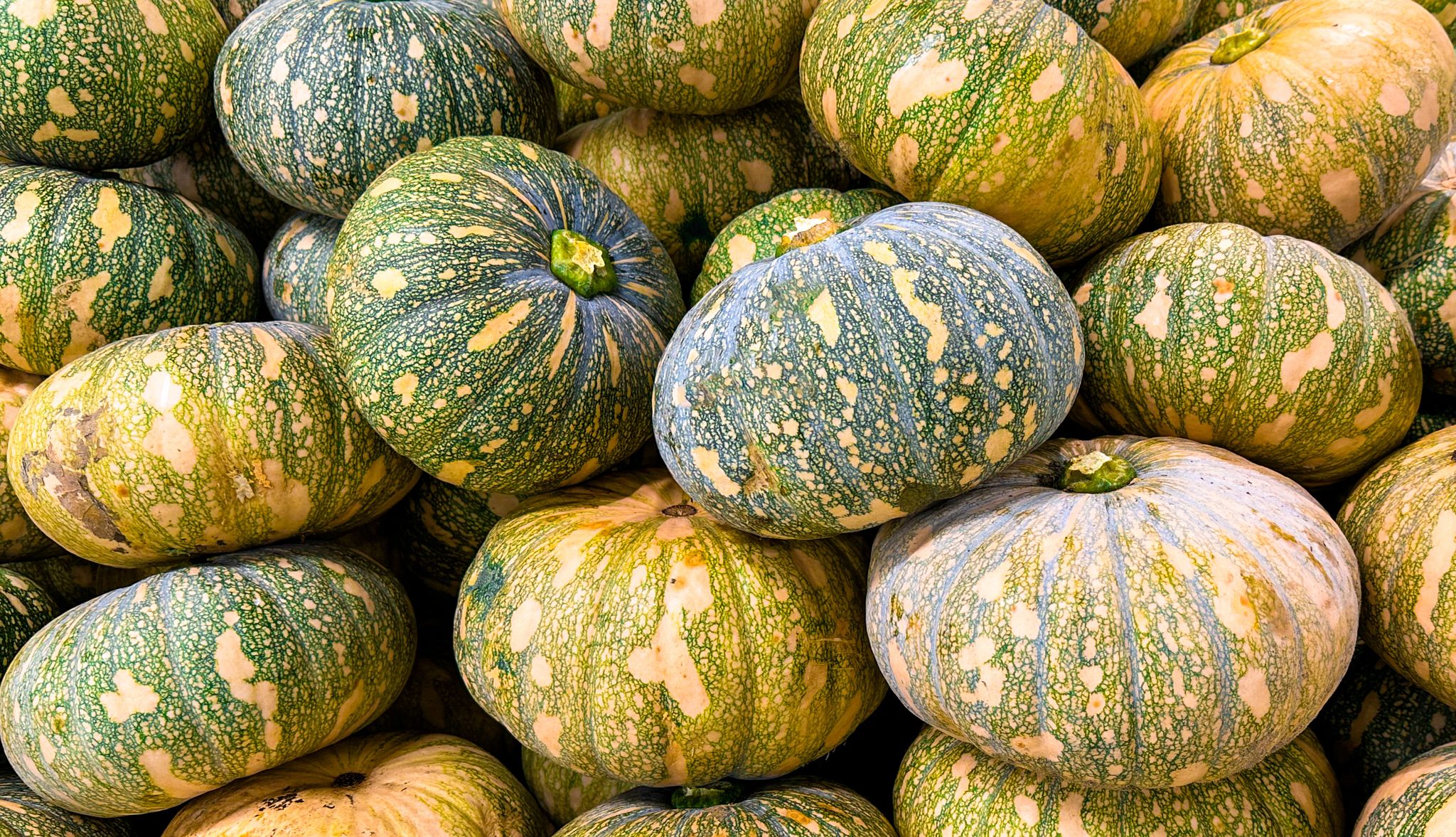



More From AARP
Pumpkins and Their Seeds Pack Nutritional Punch
Pumpkin and pumpkin seeds contain nutrients like beta-carotene and fiber
Eat This Before Every Meal
Turns out, your mother was right
Our Quiz on Healthy Snacking Is Sure to Satisfy
Review our list of surprisingly good-for-you nibbles, then test your knowledge